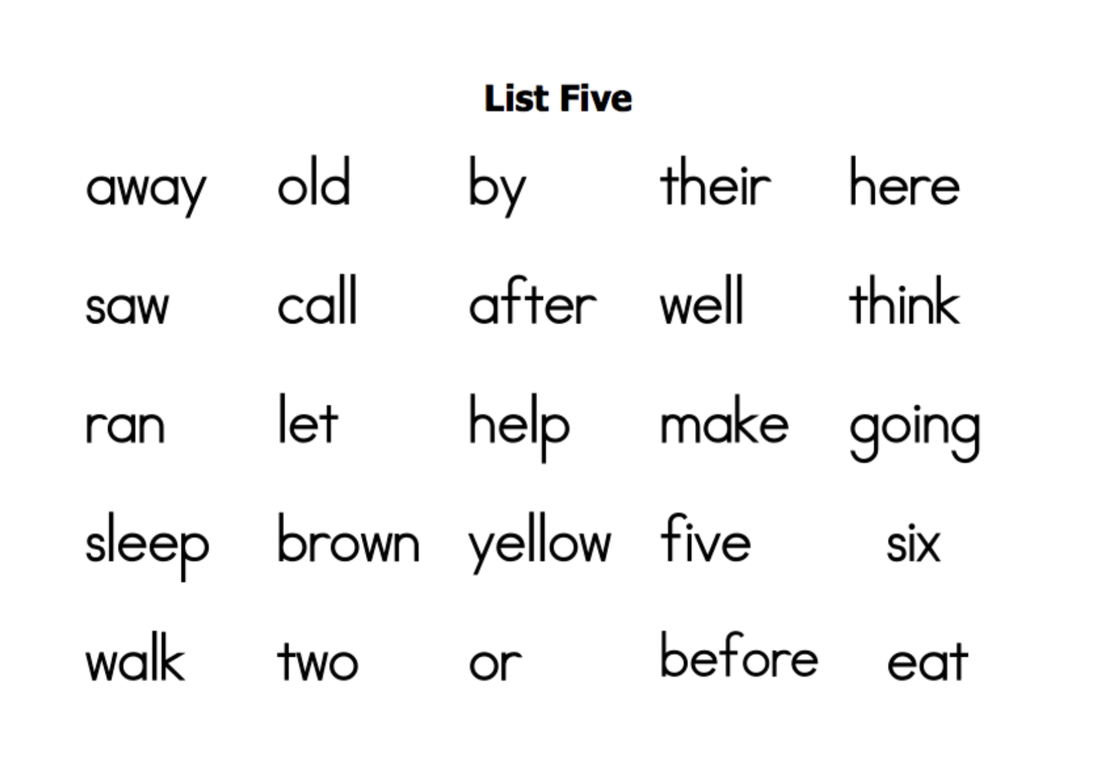
This terminology can be confusing for students since beginning readers are trying to decide which strategies to use for reading different types of words. The, is, two, boy, work, for, over, mother, see, veryĪ caution: some teachers actually mean high frequency words when they use the term “sight words.” They want children to know common words “by sight” and not have to pause to sound them out. The Dolch (1) lists include the 300 most common words for early readers. Words that students encounter frequently can be decodable or not decodable. Said, your, was, could, sure, done, who, what, laugh, againĬan fall into either of the above categories. They are the most commonly occurring words for early readers and mastery of them supports fluency and automaticity in reading and writing. Also known as trick words, outlaw words, or rule breakers. They don’t sound the way that they look therefore, they must be memorized.

Run, spin, make, sport, she, team, spoil, fly, bubble, harvestĭon’t follow the regular patterns of English. Students can “sound out” these words, so there is no need to memorize them. Let’s unpack them: Type of Wordįollow the regular patterns of the language. What is a sight word? In the elementary grades, we use several different terms to categorize types of English words: decodable words, sight words, and high-frequency words. Click to learn more about Jackson’s success learning literacy skills.“Dad, I have to practice my sight words for homework.”

His skills surpassed those of his typical peers. After 15 months of instruction (approximately 45 minutes a week), Jackson was reading simple stories independently.Over the next weeks, we introduced more sight words and continued to practice decoding skills.Jackson rapidly learns this new sight word.points to the target written word from the choices provided.provides an array of sight words as response options.In this video, a new sight word is introduced, the word, "the". Jackson is learning to recognize frequently occurring irregular words.He decodes regular words in books and he also recognizes many high interest sight words (for example, Nemo, Lightning McQueen). At this point, Jackson knows all of the letter-sound correspondences.This video was taken after approximately 13 months (approximately 45 minutes a week) of instruction.We started to work with Jackson and his parents to teach him literacy skills when he was 4 years old.He uses speech and signs to communicate with others.He attends a regular preschool program he has not yet started Kindergarten.

says the word, signs it, or matches it to the appropriate picture or symbol from a group provided or from a speech generating device (computer).shows the written sight word to the learner.puts out a group of pictures or symbols as response options as appropriate.Or, here is another way to teach sight word recognition if the words are easily represented in images:



 0 kommentar(er)
0 kommentar(er)
